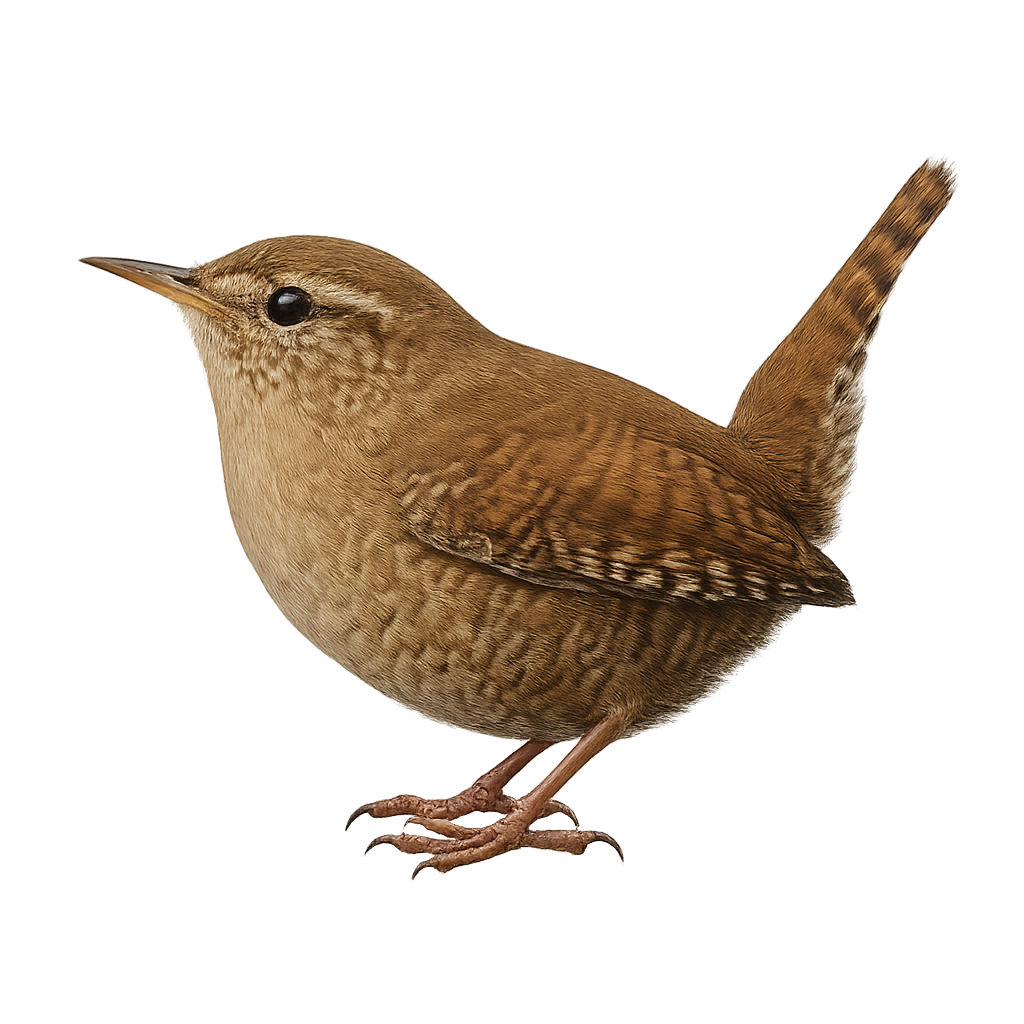Your wildlife photography guide.
Explore the wren in detail, study its behavior, prepare your shots.
Where to observe and photograph the wren in the wild
Learn where and when to spot the wren in the wild, how to identify the species based on distinctive features, and what natural environments it inhabits. The WildlifePhotographer app offers tailored photography tips that reflect the wren’s behavior, helping you capture better wildlife images. Explore the full species profile for key information including description, habitat, active periods, and approach techniques.
Wren
Scientific name: Troglodytes troglodytes

IUCN Status: Least Concern
Family: TROGLODYTIDAE
Group: Birds
Sensitivity to human approach: Suspicious
Minimum approach distance: 10 m
Courtship display: March to June
Incubation: 14-17 jours
Hatchings: April to July
Habitat:
Fores, gardens, hedgerows
Activity period :
Primarily active during the day, with peak activity in the morning and late afternoon.
Identification and description:
The wren is a small, highly active songbird found mainly in forests, gardens, and hedgerows across Europe and Asia. It is easily recognized by its small size, brownish-red plumage, and its often-raised tail in the shape of a 'V'. This passerine is highly territorial and primarily feeds on insects and small invertebrates. Although it is fairly discreet, its powerful song is one of the most remarkable among small birds.
Recommended lens:
400 mm – adjust based on distance, desired framing (portrait or habitat), and approach conditions.
Photography tips:
Photograph the wren using a telephoto lens to capture the details of its plumage and rapid movements. It is best to photograph early in the morning or late in the afternoon when the light is soft and the bird is more active. Be patient and discreet, as this small bird is very mobile and can move quickly between bushes and branches.
The WildlifePhotographer App is coming soon!
Be the first to explore the best nature spots, track rutting seasons, log your observations, and observe more wildlife.
Already 1 439 wildlife lovers subscribed worldwide

